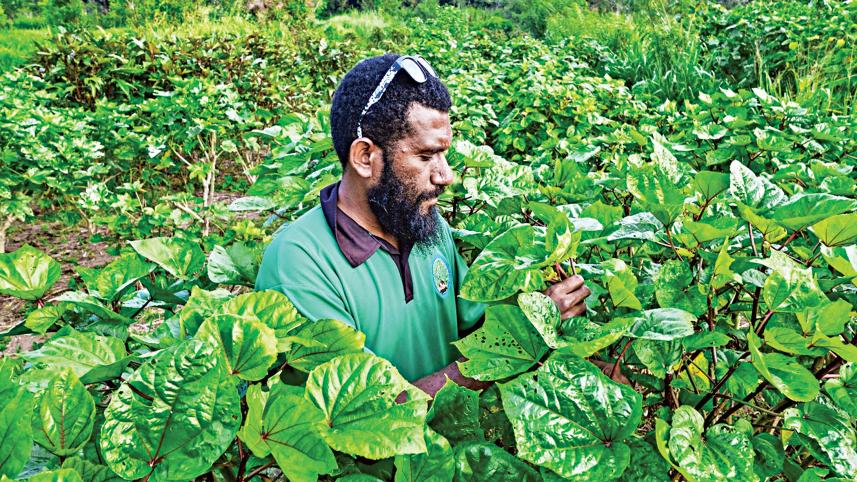Urgent call: protecting outdoor workers from sun-related hazards

According to estimates from the World Health Organisation (WHO) and the International Labour Organisation (ILO), working outside in the sun causes nearly 1 in 3 deaths from non-melanoma skin cancer. The research released in Environment International finds that outdoor workers carry a large and increasing burden of non-melanoma skin cancer and calls for action to prevent this serious workplace hazard and the loss of workers' lives it causes.
According to the joint estimates, 1.6 billion people of working age (15 years of age or older) were exposed to solar ultraviolet radiation while working outdoors in 2019, equivalent to 28% of all working-age people. In 2019 alone, almost 19 000 people in 183 countries died from non-melanoma skin cancer due to having worked outdoors in the sun. The majority (65%) were male.
The estimates establish occupational exposure to solar ultraviolet radiation as the work-related risk factor with the third highest attributable burden of cancer deaths globally. Between 2000 and 2019, skin cancer deaths attributable to occupational exposure to sunlight almost doubled (increasing by 88% from 10 088 deaths in 2000 to 18 960 deaths in 2019).
The WHO advocates immediate action to safeguard outdoor workers from sun-related hazards. With skin cancer emerging after prolonged exposure, protection must commence at a young working age.
Governments must enact policies ensuring shade provision, adjusted work hours, education, and protective gear like sunscreen, hats, and long clothing. These measures should activate at a UV index of 3+. Raising worker awareness about solar exposure risks and early detection programmes is pivotal in reducing skin cancer cases linked to occupational sun exposure.



 For all latest news, follow The Daily Star's Google News channel.
For all latest news, follow The Daily Star's Google News channel.
Comments